Fashion is more than clothes and accessories. It is how people express who they are through what they wear and how they live. From everyday outfits to festive looks, fashion reflects comfort, culture and personality. It keeps changing because so many things shape it - Society, Technology, Media, Economy and even the weather. Designers create trends, but they are not the only ones driving change. What we see in films, social media or on the streets often decides what becomes popular next.
Understanding these factors helps designers predict trends, plan collections and create fashion that resonates with real people and their evolving lifestyles.
Global fashion trends emerge from the interaction of eight fundamental forces.
From social movements to technological breakthroughs, these factors continuously reshape the industry:
#1 : Social & Demographic Factors Influencing Fashion
Fashion is a mirror of society. It captures how people live, think and evolve. Social and demographic elements such as
Age Gender Income Education Lifestyle and Digital Behaviour
directly shape what people choose to wear. These forces may appear invisible, but they quietly dictate the direction of entire trends.
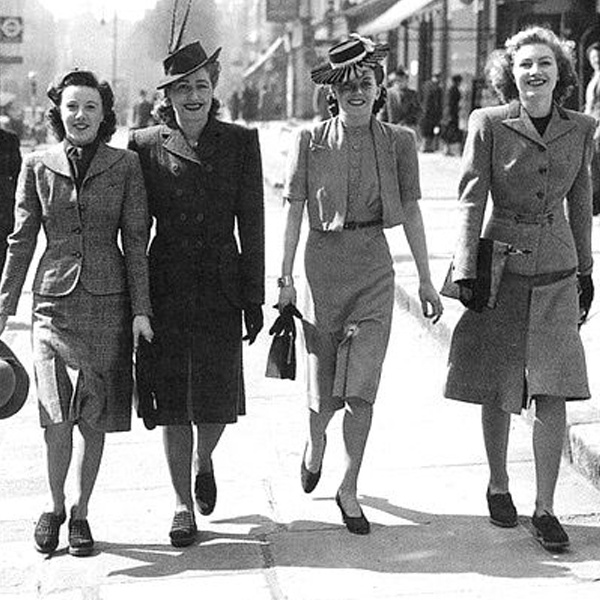
Changing Roles & Lifestyles
As societies evolve, so do their wardrobes. A century ago, fashion for women was largely decorative, symbolising grace more than mobility. With the rise of women in the workforce and the feminist movement, comfort and practicality began to take centre stage. Trousers replaced petticoats and corporate dressing emerged as a symbol of empowerment. In today's era, the blurring line between professional and personal life - especially post-pandemic - has birthed an entirely new category: work-from-home fashion. Loungewear, once considered private, now represents relaxed professionalism.

The Influence of Age and Generation
Each generation redefines fashion to express its identity.
- Baby Boomers leaned towards formal, tailored aesthetics.
- Generation X embraced brand-conscious dressing in 1980's & 90's
- Millennials championed individuality and minimalism.
- Gen Z and Alpha, raised in the digital age, thrive on experimentation, inclusivity and authenticity.
Social media has become their fashion classroom. Platforms like Instagram and TikTok no longer wait for designers to announce trends - young creators now set them. Micro-trends like the
cottagecore or
clean girl aesthetic spread across the world in days, proving how connected and fast-moving fashion has become.

Class, Income and Occupation
Fashion still reflects social and economic status, though the boundaries are less rigid today. In the past, luxury brands were symbols of wealth; now, access to fashion has been democratised through online retail and fast-fashion chains. Yet, the desire for distinction remains. For example, the rise of quiet luxury - minimalist, logo-free dressing - subtly communicates affluence through quality rather than branding.
Occupation also influences style. Uniforms, dress codes and industry-specific trends create identities within professions. Designers often borrow these workwear aesthetics, transforming them into mainstream fashion - think utility jackets, cargo trousers or nurse-inspired white ensembles.
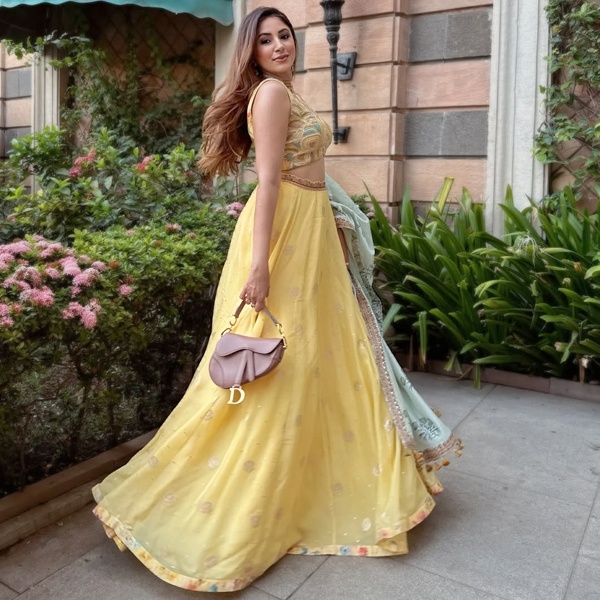
Digital and Social Influence
Social awareness, once driven by magazines and film, now flows through digital networks. A viral outfit on social media can redefine fashion narratives overnight. Influencers and content creators act as modern-day style leaders, blending personal authenticity with aspirational imagery. The old trickle-down system - from runway to consumer - has evolved into a trickle-across model, where ideas move horizontally among digital communities.
#3 : Globalisation and Cultural Influences on Fashion
Fashion and culture are inseparable. Culture defines what is considered beautiful, appropriate or expressive and fashion becomes its visual language. From rituals and traditions to art, religion and media, cultural forces give fashion its identity. Cultural
factors influencing fashion change when societies evolve or encounter new ideas, clothing evolves with them.
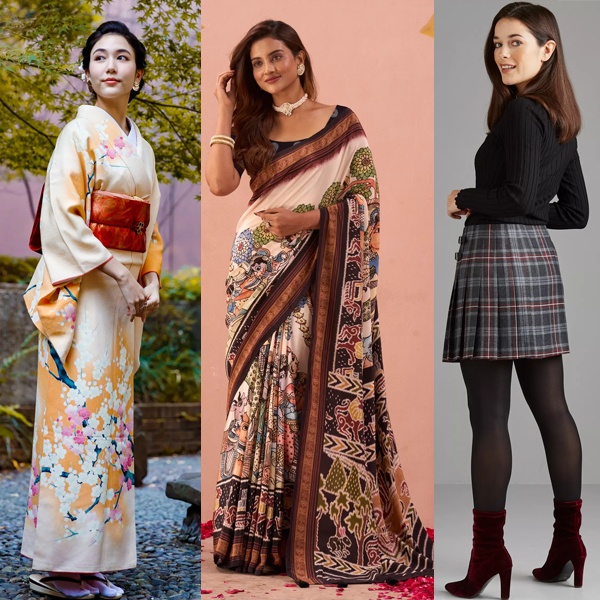
Fashion as Cultural Expression
Across centuries, dress has served as a marker of heritage and belief. Japanese Kimonos,
Indian Sarees and Scottish Kilts are not merely garments - they are reflections of tradition, craftsmanship and community values. Designers worldwide continue to draw inspiration from these cultural roots, celebrating diversity through fabric, motif and silhouette. For instance, the embroidery styles of India - Zardozi, Kantha, Phulkari - often appear on international runways, reinterpreted in modern contexts while retaining their cultural soul.
Fashion students studying cultural influence must learn to approach such inspiration with respect and authenticity. Borrowing from a culture is different from honouring it. This awareness is vital in a globalised
fashion industry increasingly sensitive to issues of cultural appropriation.

The Fusion of Global Cultures
Globalisation has transformed fashion into a shared language. Travel, migration, trade and digital communication allow ideas to flow freely across borders. The result is
fusion fashion - the blending of multiple cultural aesthetics into something entirely new. Think of streetwear: born in the skate parks of California, it now merges with Japanese minimalism, Korean pop aesthetics and African prints. Similarly, Indian designers are mixing handloom textiles with Western silhouettes, creating cross-cultural hybrids that appeal to global audiences.
For example, designer Masaba Gupta's work often marries traditional motifs with bold, modern prints, representing India's cultural evolution. Likewise, global brands like Dior and Louis Vuitton frequently collaborate with local artisans, recognising craftsmanship as a bridge between heritage and modernity.

Historical and Regional Influences
History is one of fashion's richest archives. Every major fashion shift has roots in cultural change - Dior's
New Look after World War II reflected optimism and femininity, while the 1960's miniskirt symbolised liberation and youth rebellion. Regional cultures too play their part:
- The bohemian styles of the 1970's drew heavily from Eastern Europe and India.
- The Hawaiian print wave of the 1960's introduced tropical motifs to Western wardrobes.
- The modest fashion movement today blends traditional religious attire with high fashion, driven by Muslim designers and influencers worldwide.
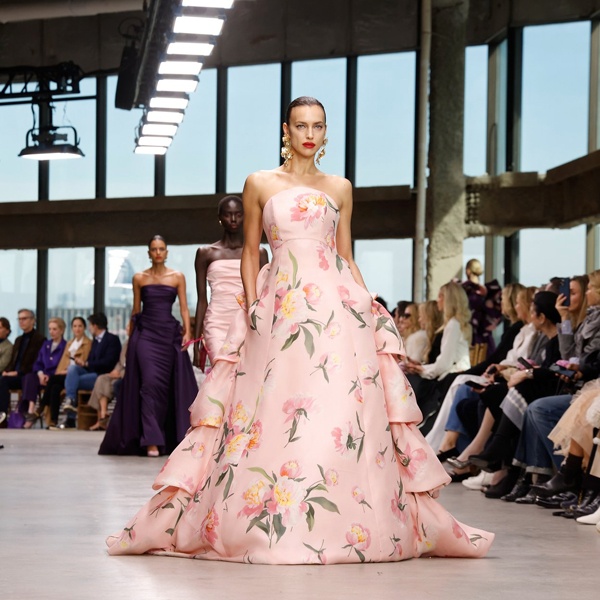
Globalisation and Technology
Cultural exchange has accelerated through technology. Fashion weeks stream globally, influencers connect instantly and e-commerce allows a garment designed in Lagos to be worn in London within days. This connectivity not only spreads trends but also fosters inclusivity and representation.
#4 : Economic, Technological and Industrial Factors
Fashion may be artistic at its core, but it is sustained by the economy and driven by technology. Every stitch, silhouette and trend exists within a network of production costs, consumer spending, innovation and market demand. Understanding these factors helps students grasp the
business of fashion, while everyday readers begin to see how economics quietly shapes what hangs in their wardrobes.
Economic Influence on Fashion
The rise and fall of economies often dictate the rhythm of style. In times of prosperity, people embrace extravagance - think of the glamorous 1920's or the luxury boom of the 1980's. When economies decline, fashion tends to simplify; hemlines lengthen, colour palettes soften and minimalism becomes desirable. Income levels also affect accessibility. While couture remains exclusive, fast-fashion brands such as Zara and H & M have democratised trends, allowing wider participation. The growth of middle-class consumers in developing countries has further expanded the
fashion market, creating new centres of demand in cities like Mumbai, Lagos and Seoul.
For students, understanding this cycle - known as the
hemline theory or fashion pendulum - is crucial when analysing trend movements and planning collections.
Technology : From the Loom to Artificial Intelligence
The story of fashion's progress is inseparable from the story of technology. The Industrial Revolution gave rise to spinning
machines and mechanical looms, making fabric cheaper and faster to produce. In the late twentieth century, Computer-aided Design (CAD) revolutionised pattern making and garment prototyping. Today, the digital era has taken fashion even further:
- 3D Printing allows designers to create sculptural, custom-fit pieces.
- AI algorithms analyse consumer data to predict trends before they appear.
- Virtual and Augmented Reality let customers try outfits digitally before buying.
- Blockchain Technology is now used for transparency and authenticity, helping track the origins of a product from fibre to store.
Industrial & Supply Chain Dynamics
Behind every garment lies an intricate chain of sourcing, manufacturing and distribution. This industrial backbone determines not only the price but also the ethical and environmental footprint of fashion. Global manufacturing hubs face challenges including overproduction, labour exploitation and environmental waste, driving increased demand for transparent, ethical production systems.
Modern production models prioritize proximity and precision. Nearshoring reduces transportation emissions, while on-demand manufacturing minimizes waste. Automated cutting machines and smart logistics enable rapid response to trends without creating surplus inventory.
Visionary Designers Who Transformed Fashion Economics
Some designers didn't just create beautiful clothes - they changed how fashion works as a business and reshaped entire industries.

Giorgio Armani
(Redefining Power Dressing)
In 1980, Giorgio Armani revolutionized women's workwear by introducing soft tailoring. He removed heavy padding from jackets, creating suits that draped elegantly while maintaining authority. His designs became the uniform of successful professional women and built a global fashion empire.
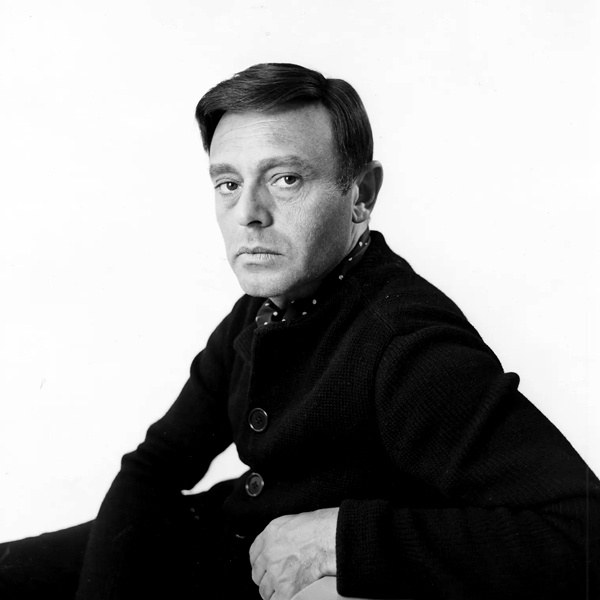
Rudi Gernreich
(Fashion as Social Commentary)
Rudi Gernreich used fashion to challenge social norms. His controversial designs included topless swimsuits, see-through blouses and the no-bra bra. He also pioneered modern sportswear. Though provocative, his work questioned why fashion had so many rules and anticipated the sexual revolution.
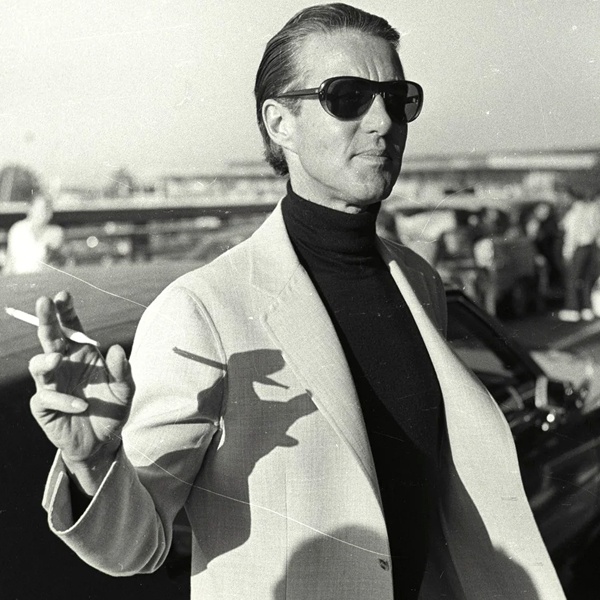
Roy Halston Frowick
(American Luxury Simplified)
Halston became a 1970's icon by stripping away excess and focusing on pure, elegant lines. His jumpsuits and soft layered designs epitomized effortless American luxury. He dressed everyone from Jackie Kennedy to Liza Minnelli and showed that less is more could be incredibly glamorous.
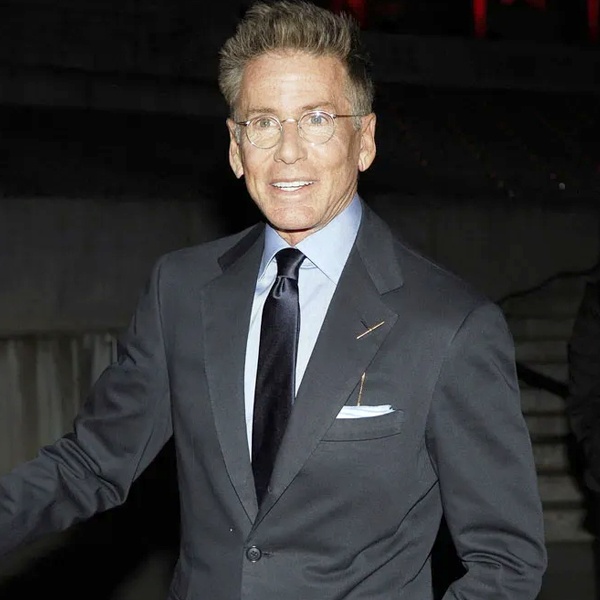
Calvin Klein
(Minimalism as Brand Empire)
Calvin Klein built a global brand through spare, minimalist design and bold marketing. His clean lines and simple silhouettes felt both sophisticated and sexy. He successfully expanded into perfumes, watches, underwear and home goods, proving a consistent design philosophy could work across every product category.
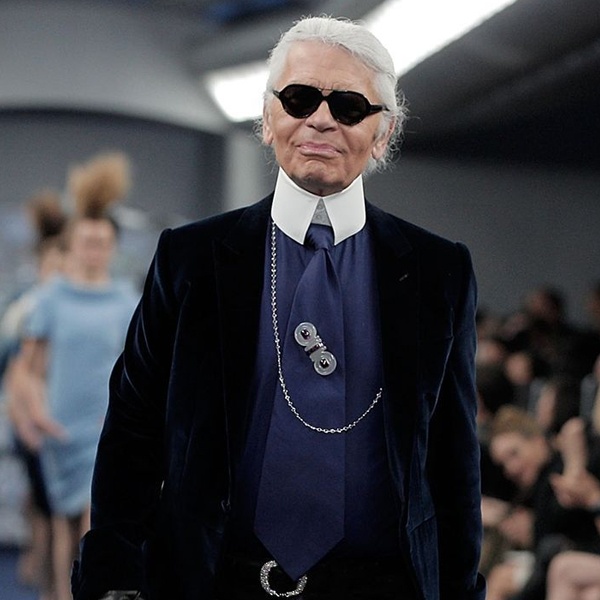
Karl Lagerfeld
(Perpetual Reinvention)
Karl Lagerfeld entered fashion through innovative coat designs using rabbit and squirrel furs. He later revitalized Chanel by reinterpreting its codes for modern audiences. Lagerfeld's ability to reinvent himself every season while maintaining brand identity made him one of fashion's most influential figures across six decades.

Ralph Lauren
(Selling the American Dream)
Ralph Lauren didn't just sell clothes - he sold aspirational lifestyle stories. His Western and outdoor collections celebrated American heritage, natural fibers and craftsmanship. His Polo brand became synonymous with classic, refined American style. Lauren proved fashion could be both commercially massive and maintain consistent identity across decades.
Case Study: The Pandemic's Economic and Technological Ripple
The COVID-19 pandemic reshaped the entire fashion economy. Physical stores shut down, luxury sales dropped and online retail exploded. Brands pivoted to digital fashion weeks, virtual fitting rooms and livestream shopping. At the same time, consumers re-evaluated their needs, favouring comfort, versatility and sustainability over constant novelty.
#5 : Influence of Traditional & Cultural Heritage
Fashion and culture share a deep bond. What people wear often reflects their roots, beliefs and traditions. Every region, community and
festival adds its own touch to how fashion evolves and expresses identity.

Fusion Fashion: Traditional Designs in Modern Silhouettes
Designers worldwide transform age-old garments into contemporary fashion. The draped elegance of the saree inspires
Saree Gowns and
dhoti-style trousers, while kimono sleeves, angarkha jackets and
bandhgalas show how traditional designs evolve into modern silhouettes without losing their essence.
This fusion approach extends beyond form to technique-traditional embroidery techniques merge with contemporary cuts and ethnic fabrics become urban wear. Such reinterpretation keeps cultural heritage alive while giving it global appeal, allowing young designers to experiment and promote their heritage through innovative design approaches.
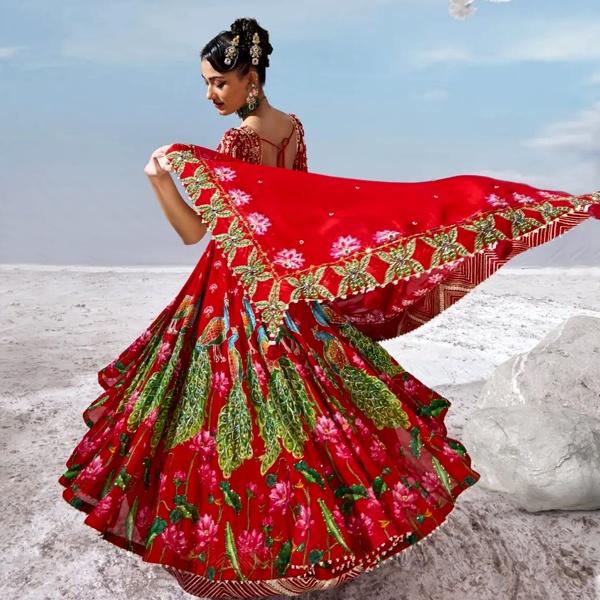
The Meaning behind Colours, Motifs & Fabrics
Colours and motifs carry stories. In India, red symbolises prosperity and is often worn by brides. White stands for purity, while
yellow connects to spirituality and festivals like Basant Panchami. Motifs such as the peacock, lotus or paisley (known as Buta) are more than decorative - they represent values, myths and beliefs passed through generations. Even fabrics tell cultural tales. Silk marks celebration, cotton reflects simplicity and handloom weaves symbolise pride in craftsmanship.
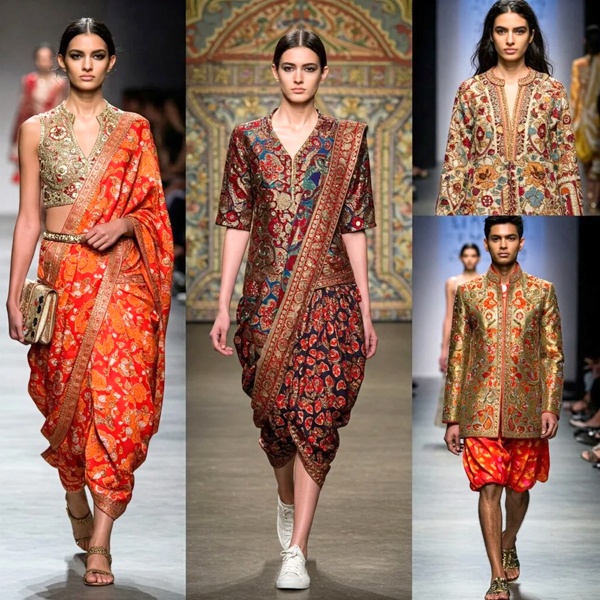
Indian Textiles on Global Runways
Indian textiles have made their mark across international fashion platforms. Banarasi silk from Varanasi, with its intricate zari work, often appears in couture collections. Kanchipuram silk from Tamil Nadu, known for its rich texture and contrast borders, is another global favourite.
Ajrakh prints from Gujarat and Rajasthan, created using natural dyes and block printing, have been reimagined by luxury brands worldwide. These textiles highlight the strength of Indian craftsmanship and sustainability.
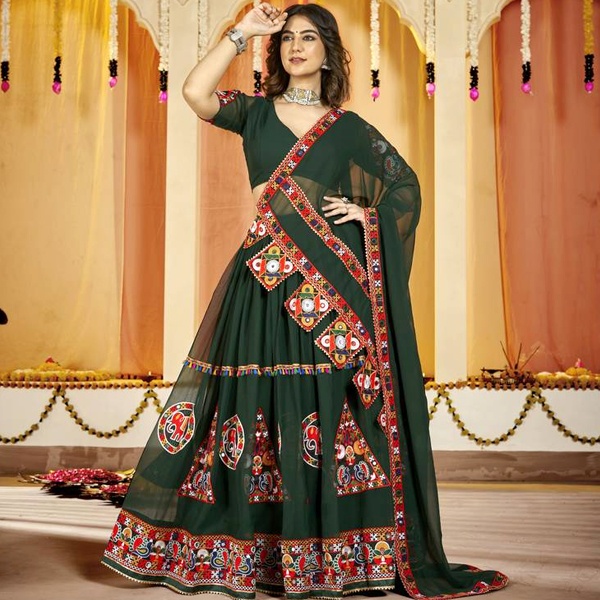
Festivals & Rituals as Fashion Inspiration
India's festivals often bring out the best in fashion creativity. During Navratri, mirror work and vibrant ghagras inspire new festive collections. Diwali encourages designers to use Zari, Sequins and Silk, while Onam and Pongal celebrate soft handlooms and gold borders. Rituals and regional customs shape trends every season, making Indian fashion rich and diverse.
#6 : Political and Historical Influences on Fashion
Politics and history have always played a major role in shaping how people dress. Every major event, movement or leader has left a visible mark on fashion - changing what people wear, how they wear it and what it stands for...
First World War Fashion Revolution (1914-1918)
When women entered factories during WWI, long dresses and elaborate hairstyles became dangerous around machinery. Factory safety required shorter skirts and trimmed hair. What started as necessity became liberation. Women discovered the freedom of practical clothing and refused to return to restrictive Victorian styles after the war ended.Second World War Austerity (1939-1945)
WWII brought strict fabric rationing. Women wore shorter skirts and fewer clothes because fabric was scarce. The make do and mend movement encouraged repairing old garments. Leather jackets and T-shirts became popular as practical, durable options. This period proved fashion could be economical and attractive simultaneously.The Golden Age Between Wars
Between the world wars, French fashion flourished. As traditional royalty declined, a new elite emerged - wealthy industrialists' families, actors and American heiresses. These women had money and social freedom to embrace daring fashion. The flapper aesthetic of the 1920's represented liberation from Victorian constraints.Jacqueline Kennedy - Political Fashion Power (1960's)
First Lady Jacqueline Kennedy became a style icon through impeccable fashion choices. Her Chanel suits, Givenchy dresses and Oleg Cassini coats conveyed youthful sophistication. Her most memorable outfit - the bright pink suit worn during President Kennedy's assassination - became tragically iconic. Jackie showed how political figures could wield soft power through fashion diplomacy.Mughal Invasion and the Pardha System
Before Mughal rule, Rajput women wore vibrant clothing without face coverings. Mughal influence introduced the Pardha system, requiring women to cover their faces and bodies more extensively. This practice spread across northern India, showing how political conquest can fundamentally alter dress codes and restrict previously enjoyed freedoms.American Flag Fashion - Patriotism as Style
America stands unique in prominently using its flag in fashion. While most countries consider wearing the flag disrespectful, Americans embrace flag imagery as patriotic expression. Stars and stripes appear on everything from T-shirts to high fashion. This reflects American cultural values around free expression and individual liberty.
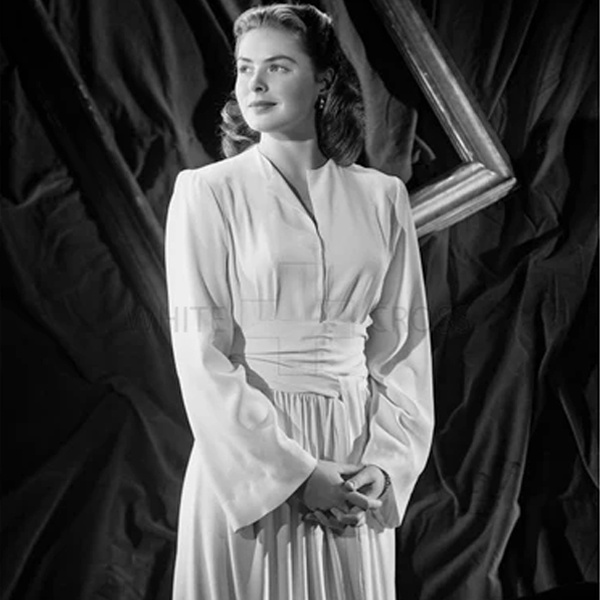
Wartime Fashion & the Rise of Simplicity
During times of war, fabric rationing forced designers and citizens to think practically. In India and across the world, clothing became simpler and more functional. Tailored suits, utility dresses and plain sarees replaced heavy embellishments. Uniforms also influenced everyday fashion, with structured silhouettes and muted colours becoming popular. This period gave rise to minimalist fashion - a style still admired for its elegance and purpose.
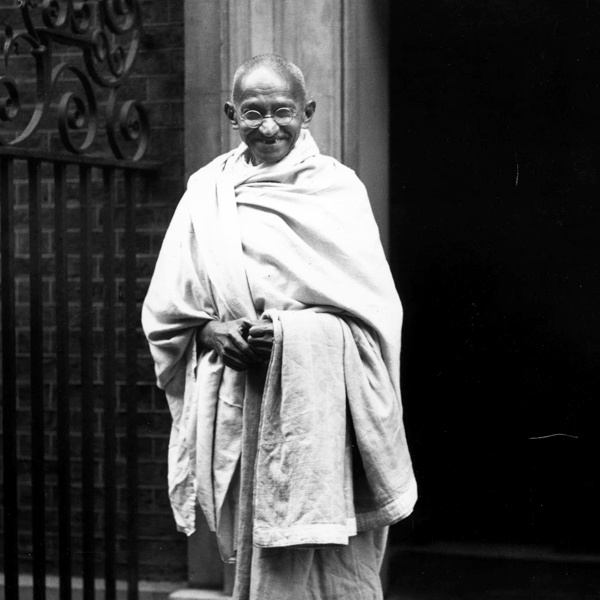
Post-Independence Fashion Movements in India
After India gained independence in 1947, fashion turned into a form of national identity. The Khadi movement, promoted by Mahatma Gandhi, symbolised self-reliance and pride in local craftsmanship. Traditional Indian weaves like Chanderi, Ikat and Kanjivaram gained recognition. Designers began blending regional textiles with modern tailoring, creating a proud mix of heritage and progress that continues to define Indian fashion today.
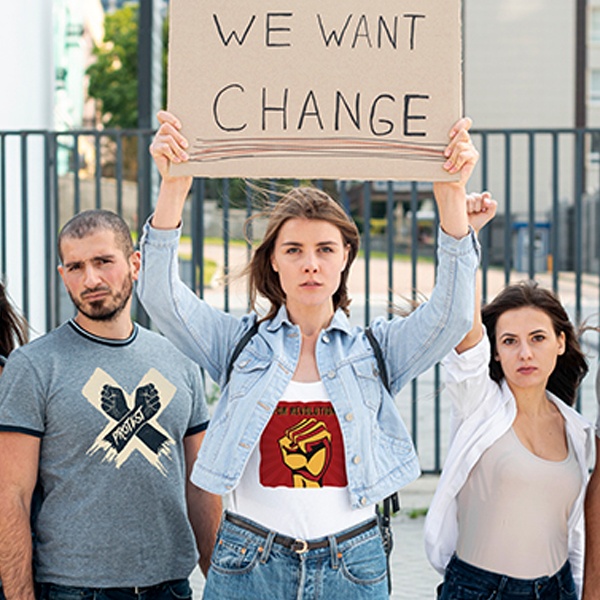
Political Statements through Clothing
Fashion often becomes a voice of protest. From slogan T-shirts that raise awareness to colours that represent movements, clothes carry strong political messages. In India, youth movements and student protests have used T-shirts and scarves to express opinions. Globally, designers have showcased collections supporting equality, women's rights and environmental change - proving fashion can be powerful beyond trends.
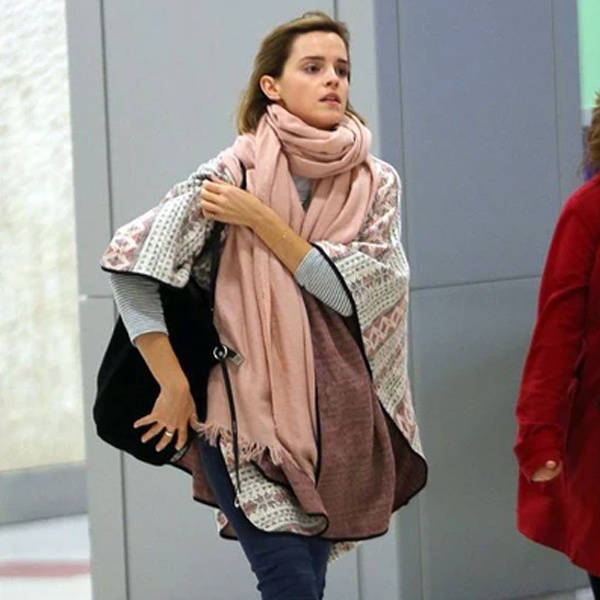
Fashion Diplomacy on the Global Stage
Leaders and royals often use clothing to build relationships and express respect for other cultures. When Indian leaders wear handwoven shawls or traditional jackets during international visits, it reflects national pride. Similarly, global figures like the British royals or political leaders choose local designs when visiting India to show cultural appreciation. Such fashion diplomacy strengthens bonds through thoughtful style choices.
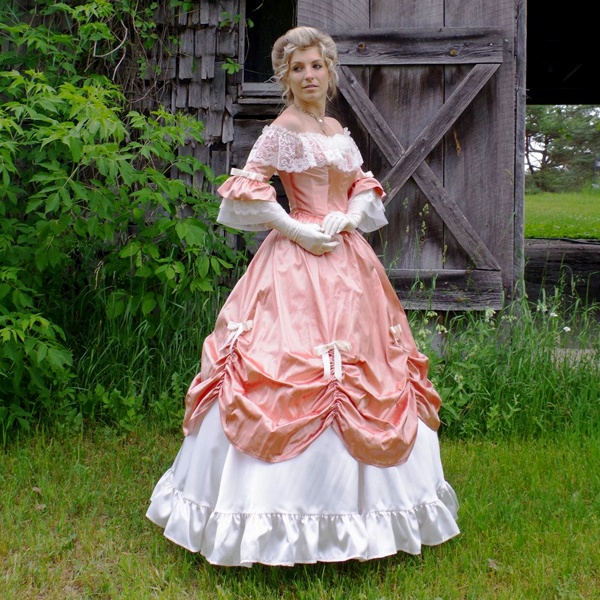
Historical Revivals in Modern Couture
Designers often look back to history for inspiration. Indian couture frequently borrows from the Mughal era's grandeur - featuring zardozi embroidery, rich silks and regal silhouettes. Globally, designers revisit the elegance of Victorian gowns or the artistry of the Renaissance. These revivals keep historical aesthetics alive while adding a modern touch.
Case Study : Dior's 'New Look' after World War II
In 1947, Christian Dior introduced the New Look, featuring full skirts and soft shoulders - a direct contrast to the harsh wartime styles. It symbolised a fresh start and optimism after years of struggle. This shift not only revived femininity in Western fashion but also influenced designers worldwide, reminding us that fashion often mirrors society's emotions after major political or historical events.Conclusion: The Dynamic Forces Shaping Fashion
Fashion evolves through the interplay of multiple powerful forces. Social and demographic shifts create new consumer segments, while cultural exchange enriches global design vocabularies. Economic cycles and technological innovations reshape production and consumption patterns. Political movements and historical moments leave lasting marks on collective aesthetics and celebrity influence amplifies trends across digital networks.
For fashion students, understanding the key factors influencing fashion is essential for anticipating trends, creating relevant collections and building sustainable careers. For consumers, this knowledge transforms fashion from mere consumption into conscious participation in cultural evolution. As technology continues to accelerate change and sustainability becomes increasingly critical, these factors will remain the fundamental forces shaping what we wear and why.
The future of fashion lies not in predicting which single factor will dominate, but in understanding how these forces interact, influence one another and create the constantly evolving landscape of global style.
FAQ - Factors Influencing Fashion
1. What are the main factors that influence fashion trends in India?
Fashion in India is shaped by culture, climate, festivals, cinema, social media and global exposure. Designers often mix traditional crafts with modern ideas to suit changing lifestyles.
2. How do cultural traditions influence Indian fashion?
Indian fashion is deeply rooted in culture. Weddings, regional customs and festivals bring specific dress codes, colours and fabrics - from sarees in the South to phulkari in Punjab.
3. Does climate affect what people wear in India?
Climate directly dictates fabric choices and silhouettes across India. Hot regions prefer light cotton and linen
4. How does Bollywood influence fashion trends?
Bollywood's costume design reaches over 2 billion viewers annually, making it India's most powerful fashion catalyst. Film costumes and celebrity wedding looks create nationwide trends overnight-Madhuri Dixit's chiffon sarees in the 90's revolutionized ethnic wear, while recent films have popularized fusion kurtas, pastel lehengas and Indo-Western silhouettes across urban and rural markets.
5. How do social media and influencers affect fashion choices today?
Platforms like Instagram and YouTube shape how Indians discover and shop for fashion. Influencers showcase styling ideas that inspire both urban and small-town audiences.
6. What role do global fashion trends play in Indian fashion?
Global fashion provides inspiration, but Indians adapt it to local taste. Western silhouettes often blend with Indian textiles, creating fusion looks like dhoti pants or Indo-western gowns.
7. How does the economy influence fashion buying in India?
When the economy is strong, consumers spend more on branded or luxury clothing. During slowdowns, they shift to affordable, versatile pieces or sustainable local options.
8. Why does lifestyle play such an important role in fashion?
Busy work lives, travel and urban living demand comfort and practicality. This shift has made smart casuals, athleisure and minimal everyday wear more popular.
9. How do festivals and weddings affect fashion trends in India?
They drive demand for ethnic wear, bright colours and handcrafted details. Designers plan their festive collections months ahead because this season defines Indian fashion sales.
10. How is sustainability influencing modern fashion?
Sustainability is changing how clothes are made and bought. Eco-friendly fabrics, upcycling and handcrafted textiles are becoming part of mainstream fashion choices.
11. How do technology and social media analytics shape fashion forecasting?
AI tools and social analytics track what people search, wear and share online. Brands use this data to predict next season's colours, fabrics and silhouettes.
12. Do celebrities really influence what ordinary people wear?
Celebrity fashion influence is immediate and measurable. When a star wears a new design at a major event, searches for similar items spike by 300-500% within 24 hours. Red carpet appearances, airport looks and social media posts create aspirational trends that trickle across price points-from luxury replicas to fast-fashion interpretations-making celebrity style accessible to diverse audiences.
13. How does geography or region affect fashion styles in India?
Each region has its own style - Rajasthan loves bold prints, Kerala prefers whites and golds and the North East favours vibrant patterns. Geography shapes textiles, draping and aesthetics.
14. What role does media play in influencing fashion?
From magazines to fashion blogs, media introduces people to new trends, designers and styling ideas. It helps bridge the gap between runway fashion and everyday wear.
15. How does personal identity influence fashion choices?
Fashion is a way to express who you are. Age, profession, confidence and personal beliefs often guide how someone dresses, regardless of trends.
16. Why do political or social movements sometimes change fashion?
Movements often inspire new dress codes - from khadi during India's independence era to gender-neutral clothing today. Fashion reflects society's changing values.
17. How do price and availability influence what people wear?
Fashion depends not just on taste but also access. Fast fashion brands and online shopping have made trendy clothing affordable and available even in smaller towns.
18. How does globalisation influence fashion in India?
Globalisation brings exposure to world styles, fabrics and brands. It also encourages collaborations between Indian designers and international labels.
19. How has digital technology changed fashion trends?
Online stores, virtual try-ons and digital fashion shows make trends spread faster. Even rural shoppers now access city styles through e-commerce.
20. How are Indian crafts influencing global fashion?
Designers worldwide are rediscovering Indian handlooms, block prints and embroidery. These crafts add authenticity and sustainability to modern fashion.

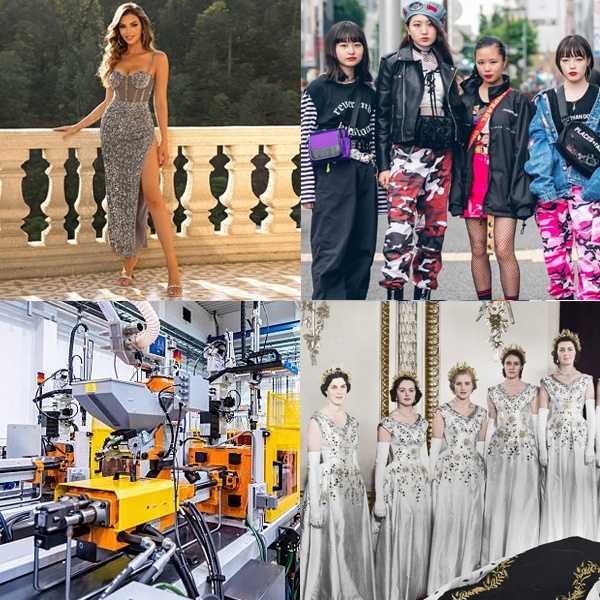







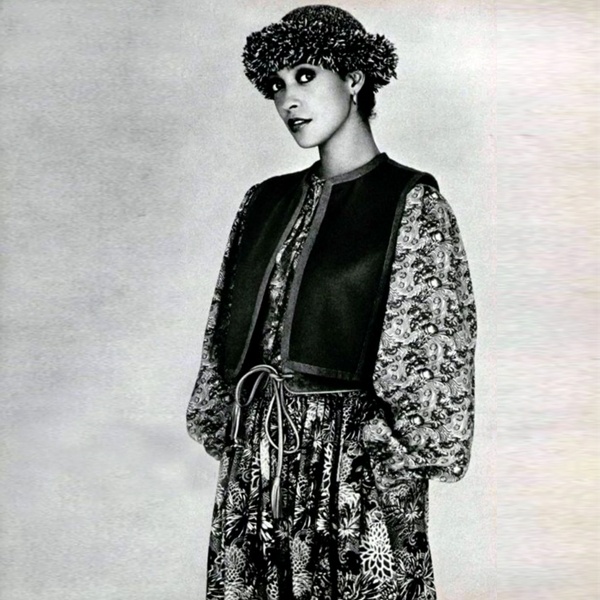
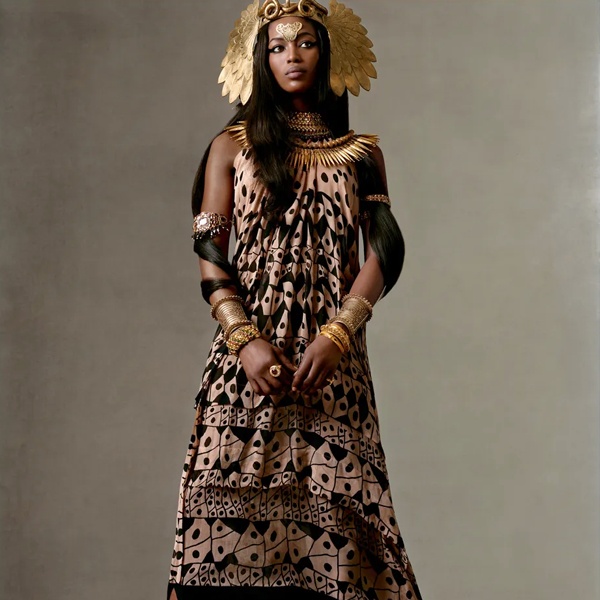
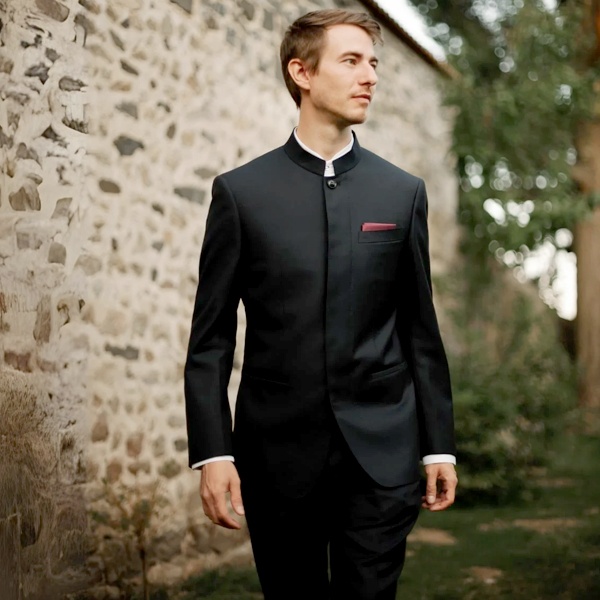
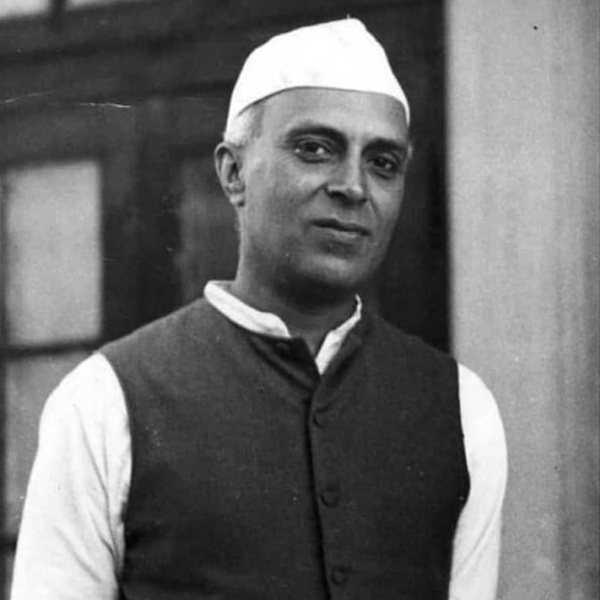
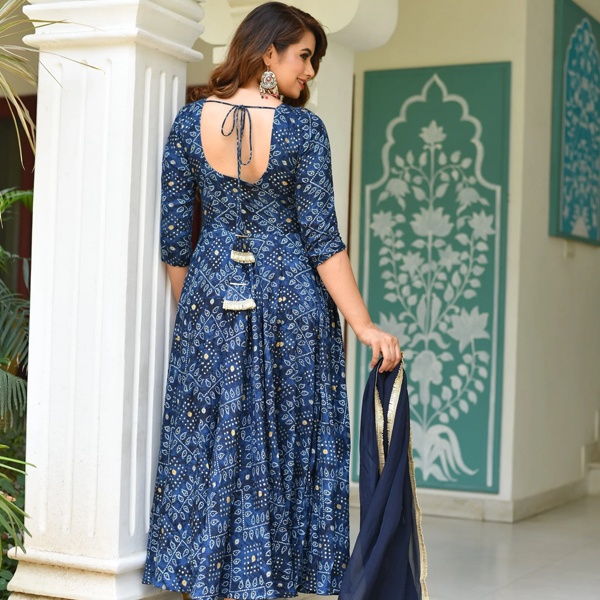




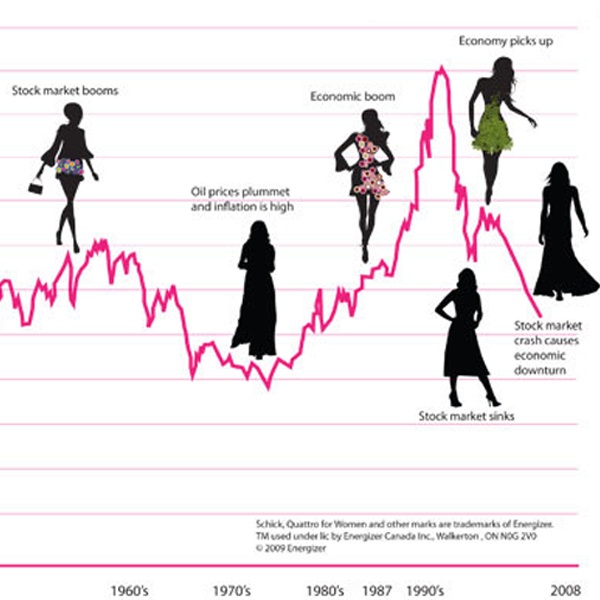
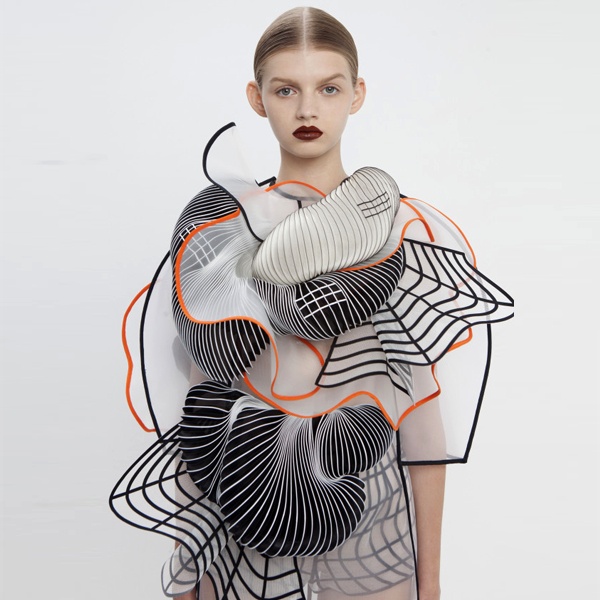
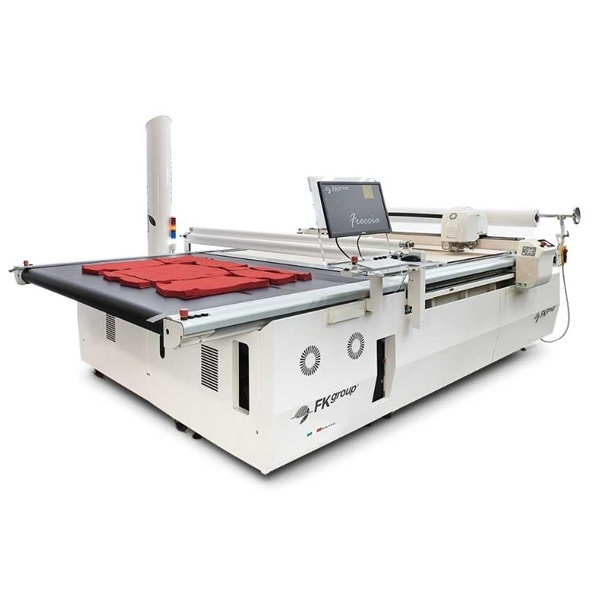















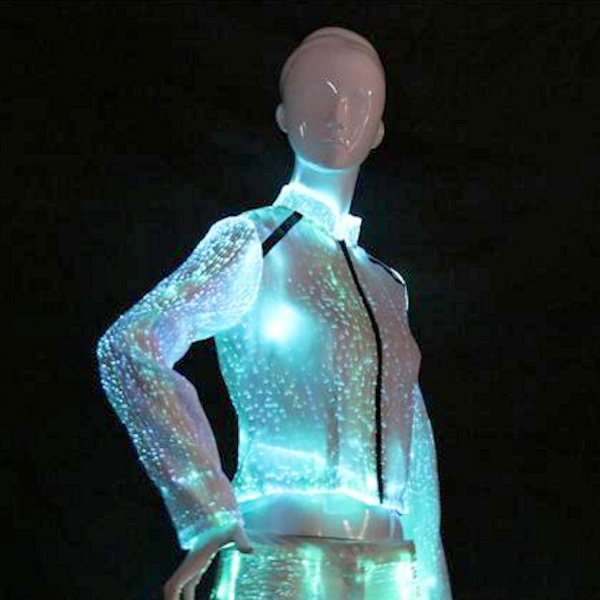
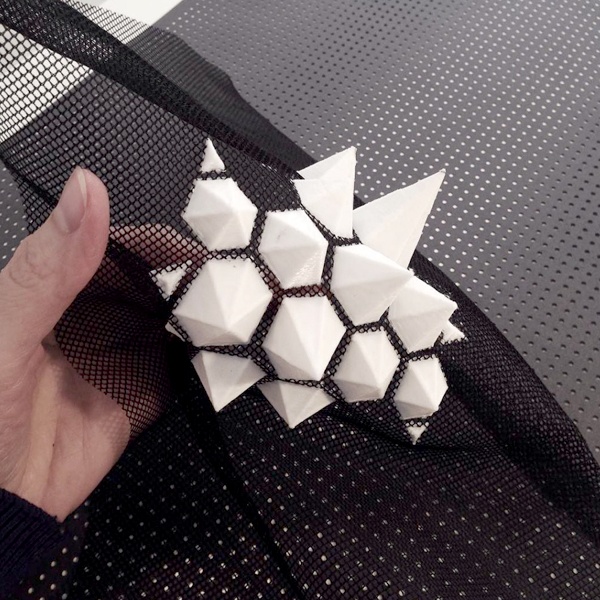


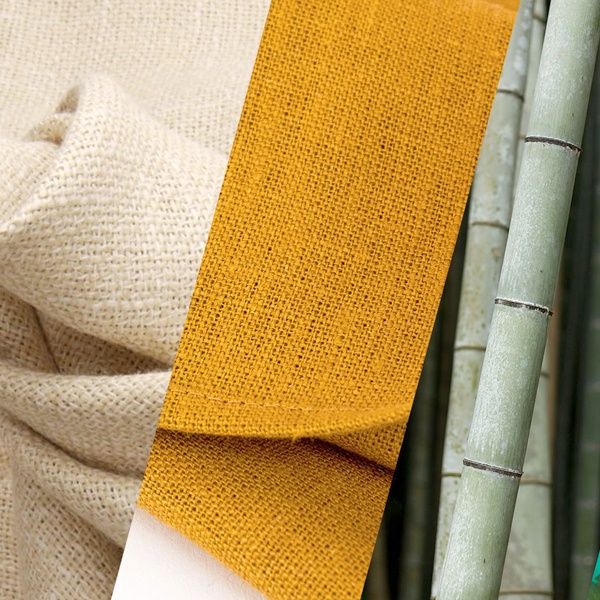
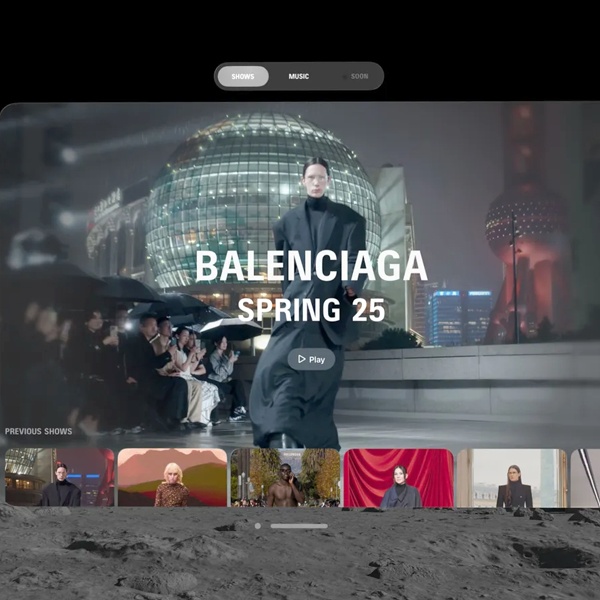
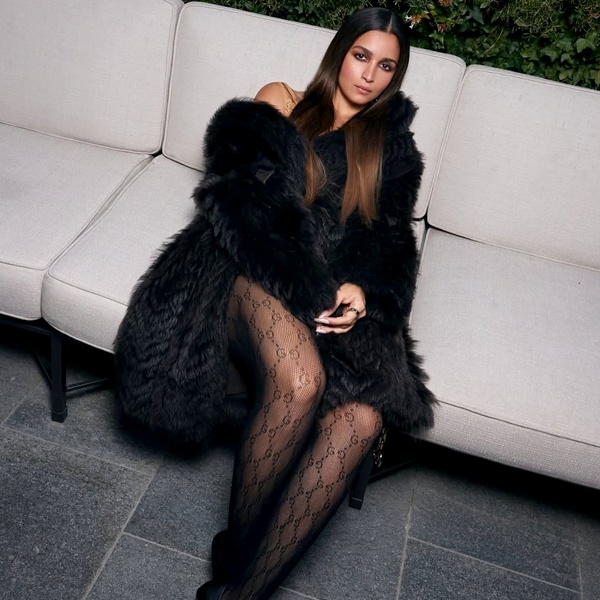
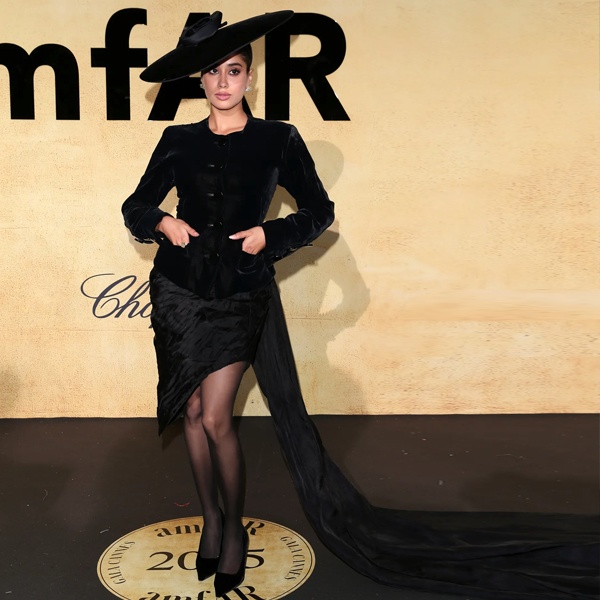

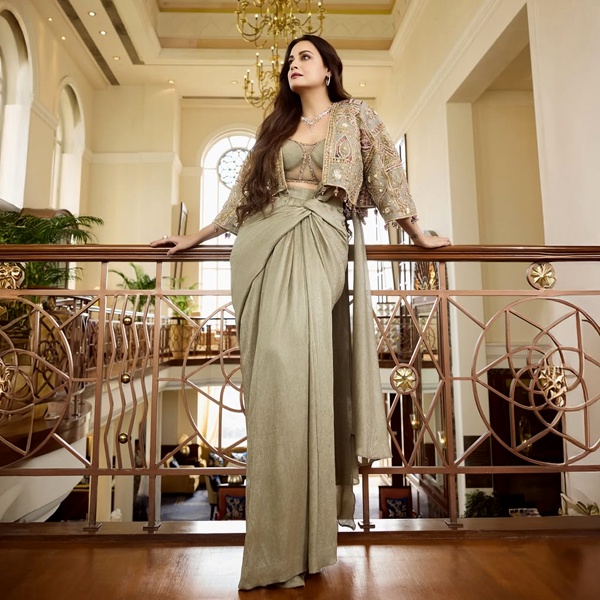

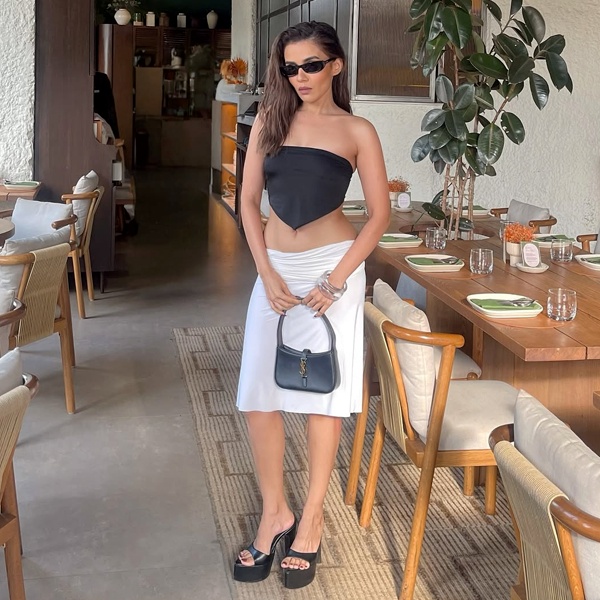
 CONTACT USWaves Institute of Fashion Designing,
CONTACT USWaves Institute of Fashion Designing,